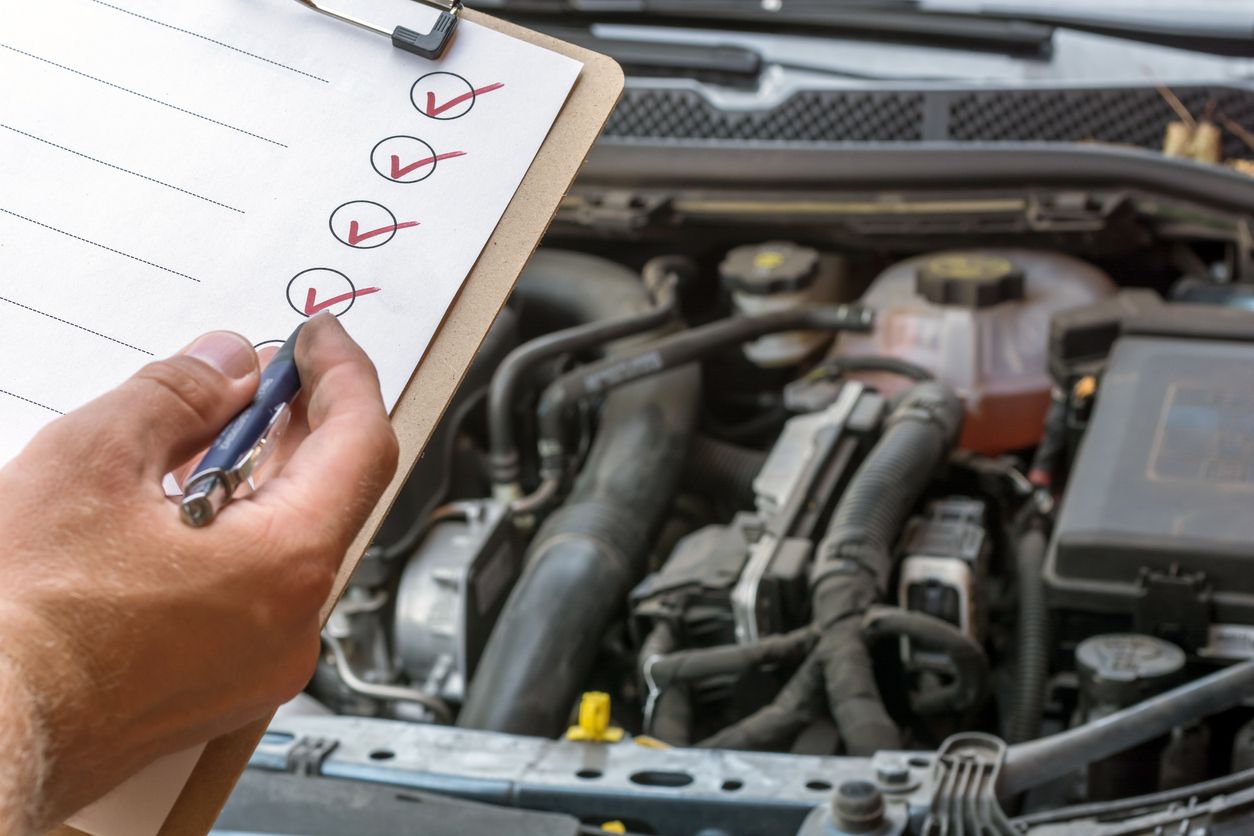All Categories
Featured

The check engine light (CEL) is just one of one of the most vital warning systems in your car, yet it commonly causes confusion or stress for several motorists. Comprehending what this light stands for and exactly how to handle it can save you time, money, and unnecessary stress. This overview gives a review of what causes the CEL, its prospective implications, and the actions you need to take when it lights up.
What Does the Examine Engine Light Indicate? The CEL is part of your car's onboard diagnostics system (OBD), which monitors engine performance and exhausts. It illuminates when the system identifies a concern that needs your interest.
Strong Light: Signals a non-urgent issue however one that need to be resolved quickly, such as a sensing unit breakdown or emissions-related issue. Flashing Light: Indicates an important problem like an engine misfire. Driving in this problem can cause extreme damage, so immediate action is required. Common Root Causes Of the Check Engine Light. The CEL can light up for a large range of reasons, some minor and others a lot more severe. Right here are a few of the most constant causes:

Loose or Damaged Gas Cap:
A loose gas cap can endanger the gas system, activating the CEL. When the light comes on, monitoring and tightening up the cap is a simple very first action. Faulty Oxygen Sensing Unit:
This sensing unit keeps track of the air-to-fuel proportion in your engine. A breakdown can reduce fuel efficiency and boost exhausts. Malfunctioning Catalytic Converter:
The catalytic converter helps in reducing dangerous exhaust emissions. Ignoring other engine issues, like misfires, can lead to catalytic converter damages. Trigger Plug or Ignition Coil Problems:
These elements are vital for starting and running your engine smoothly. Regular upkeep can protect against wear and failure. Mass Air Movement Sensor Troubles:
This sensing unit gauges the amount of air getting in the engine to ensure optimal performance. A unclean or malfunctioning sensing unit can decrease efficiency and power. Actions to Take When the Check Engine Light Begins. Inspect the Gas Cap:
Tighten up the cap and see if the light switches off after driving a couple of miles. Observe the Car's Actions:
Note any kind of unusual symptoms like harsh idling, minimized power, or weird noises. Check the Codes:
Make use of an OBD-II scanner to get trouble codes kept in your cars and truck's computer system. Numerous auto components shops supply this service free of cost. Check Out a Technician:

If the light continues to be on or is blinking, take your vehicle to a professional for an in-depth diagnosis. Stopping Inspect Engine Light Issues. Positive upkeep is the most effective method to stay clear of CEL troubles. Follow these suggestions:
Stick to a Routine Maintenance Arrange: Modification your oil, change filters, and check trigger connects in a timely manner. Check the Gas Cap: Change harmed caps to prevent leakages in the fuel system. Use High Quality Fuel: Poor-quality gasoline can add to sensing unit and discharges concerns. Why Prompt Action Issues. Ignoring the CEL can bring about much more severe issues, such as engine damages or costly repair work. If overlooked., a tiny problem like a loosened gas cap can snowball into a major expense.
Final thought. The check engine light is a vital device for preserving your car's wellness. By comprehending its objective and responding quickly, you can prevent unneeded fixings and keep your cars and truck running efficiently. The following time the CEL comes on, bear in mind to stay calm, inspect the essentials, and get in touch with an expert if required.
Latest Posts
The Restroom Upgrade Every Detroit Home Should Have
Published Apr 21, 25
1 min read
Built on Top Quality, Driven by Service
Published Apr 21, 25
1 min read
See the Montclare Promise - Top-Quality Auto Repair
Published Apr 21, 25
2 min read